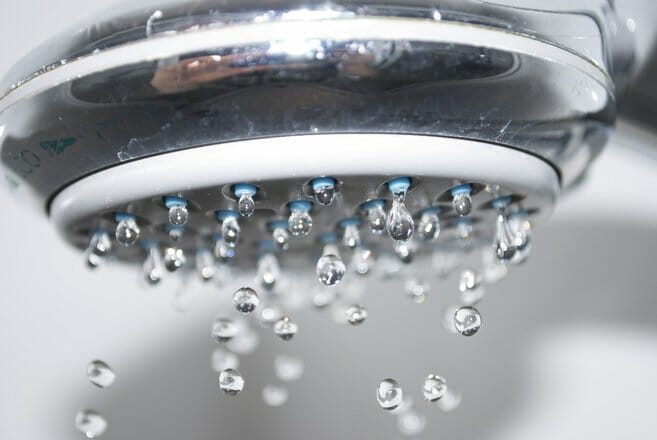Low water pressure may not seem like a major issue, but it can cause a number of problems around your home. From a poor shower experience to appliances not running correctly, if you have low water pressure, you may find that you need to take some action to ensure that your water pressure levels are returned to normal.
Testing Your Pressure:
One of the most common causes of
low water pressure levels is a clog in the pipes. This can usually be quickly resolved with professional attention. An experienced professional can locate and remove a clog, and this should restore your water pressure. If your pipes are not particularly old, or there is no other indication of a clog, then the problem could be related to your shut off valves. The valve should be in the open position completely, so it is worth checking before you call in a licensed plumber.
In some cases, resolving these issues does not correct the problem, so you may need to check the water pressure that is coming into your home. In an ideal scenario, the pressure would be between 60 and 80 psi. To check your pressure, you can purchase a water pressure gauge and hook it up to a water spigot. This will provide you with a pressure reading immediately. You can make a note of your water pressure, and any reading above 80 psi or below 60 psi needs to be corrected.
Boosting Your Water Pressure:
If there is no clog or issue with your plumbing, and your supply simply has a less than adequate water pressure, there are still options. If you need to improve your water pressure, one of the best ways is to install a pressure booster into your plumbing system. These boosters vary in cost and use a pressure tank and electric pump to increase the water pressure that is coming into your home from the street. Some models are also equipped with a control dial to allow you to manually adjust the pressure to your desired setting.
A standard pressure booster holds a reserve of the pressurized water, which allows the pump to only run when necessary. This can also boost the flow of water when demand is high in your home. For example, if there is an appliance running while someone is taking a shower.
Pressure Reducing Valve:
Another solution for pressure readings of below 60 psi is to check if your home has a pressure reducing valve on your water main. These types of valve are designed to increase or decrease the water pressure. The default setting is usually set to 50 psi, but you can turn the screw to adjust your pressure according to your needs. Unfortunately, these valves do not have an unlimited lifespan. They typically last between 10 and 20 years, and as your valve gets older, it will become less efficient. You may find that your water pressure issues are related to a worn out valve that needs to be replaced. Replacement valves are readily available, or you can speak to your
plumbing technician to have a new one professionally installed.
By Giovanni Longo President Flood Brothers Plumbing
Giovanni Longo is a 3rd generation master plumber who has been practicing his craft and trade in the greater Los Angeles area for well over a decade and a half. A plumbing and hydraulics-engineering innovator, Giovanni’s particular world-class expertise focuses on dealing with challenging sewer system designs as well as resolving complex commercial and residential draining issues. As a certified Flood Mitigation expert, he is also well versed in a wide variety of water damage and remediation solutions.





